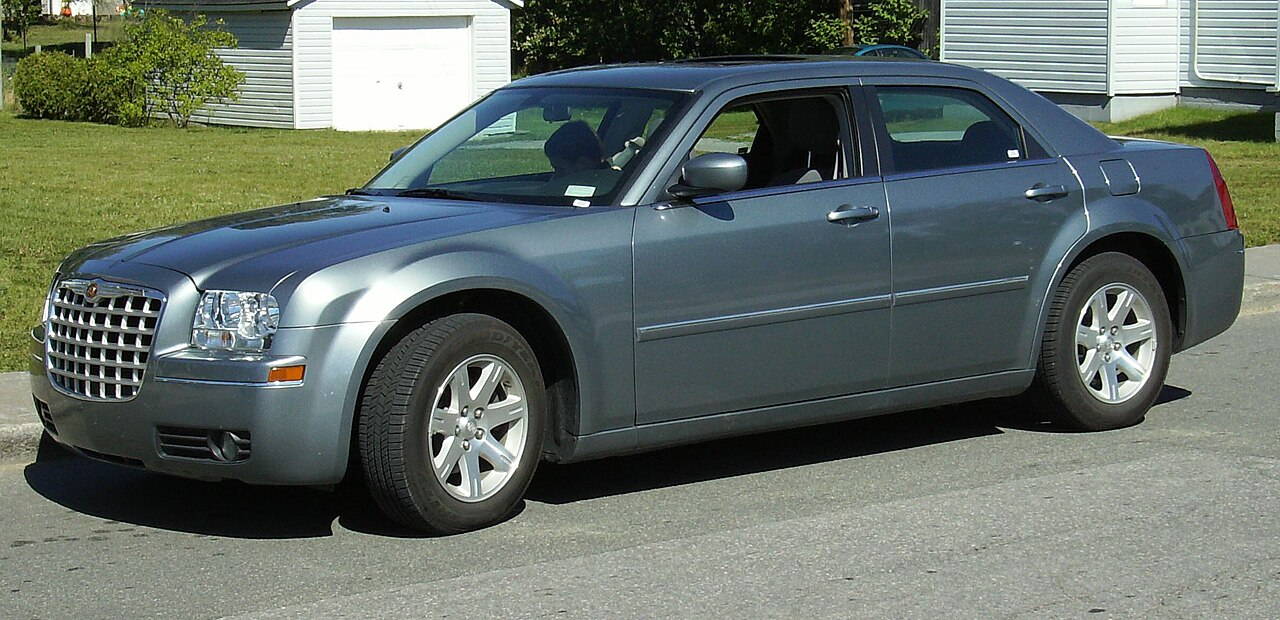
The Chrysler 300 is a full-size sedan known for its powerful performance, luxurious interior, and advanced features. One of the most critical aspects of vehicle safety is the brake system. Proper brake system maintenance ensures that your Chrysler 300 performs reliably and safely, offering responsive braking power when you need it most. This comprehensive guide covers essential brake system maintenance tips, common issues, and preventive measures to keep your Chrysler 300 in top condition.
Key Components of the Brake System
Understanding the main components of the brake system helps in effective maintenance and troubleshooting:
- Brake Pads: Press against the brake rotors to create friction and slow down or stop the vehicle.
- Brake Rotors: Metal discs that the brake pads press against to create stopping power.
- Brake Calipers: Clamps the brake pads against the rotors and houses the brake pistons.
- Brake Fluid: Transfers force from the brake pedal to the brake components.
- Brake Lines: Carry brake fluid from the master cylinder to the brake calipers.
Essential Brake System Maintenance Tips
1. Regularly Inspect Brake Pads
Why It’s Important: Brake pads wear down over time due to friction. Worn brake pads can reduce braking efficiency and potentially damage other components.
How to Inspect:
- Check the thickness of the brake pads. Most pads have wear indicators that produce a squealing noise when they are worn.
- Inspect for any uneven wear or cracks.
Recommended Action:
- Replace brake pads when they reach the minimum thickness recommended by the manufacturer, typically around 3 mm (0.12 inches).
2. Check and Replace Brake Rotors
Why It’s Important: Rotors can become warped or scored over time, leading to vibrations or reduced braking performance.
How to Inspect:
- Look for grooves, cracks, or discoloration on the rotor surface.
- Check for vibrations or pulsations when braking, which can indicate warped rotors.
Recommended Action:
- Resurface or replace rotors if they are damaged or below the minimum thickness specifications.
3. Monitor Brake Fluid Levels and Condition
Why It’s Important: Brake fluid is essential for transferring braking force. Low or contaminated brake fluid can impair braking performance.
How to Check:
- Inspect the brake fluid reservoir for proper fluid levels.
- Check the fluid color. Fresh brake fluid is typically clear or light amber, while old fluid may be dark or contaminated.
Recommended Action:
- Top up brake fluid if it’s low.
- Flush and replace brake fluid every 2 years or as recommended by the manufacturer.
4. Inspect and Maintain Brake Lines
Why It’s Important: Brake lines carry brake fluid to the calipers and must be free of leaks and damage.
How to Inspect:
- Look for signs of leaks or corrosion on the brake lines.
- Check for any visible damage or wear.
Recommended Action:
- Replace any damaged or leaking brake lines immediately.
- Regularly check for corrosion and address any issues promptly.
5. Check the Brake Calipers
Why It’s Important: Calipers are crucial for clamping the brake pads onto the rotors. Faulty calipers can lead to uneven braking and reduced performance.
How to Inspect:
- Check for fluid leaks around the calipers.
- Ensure the calipers move freely and do not stick.
Recommended Action:
- Replace or rebuild calipers if they are leaking or not functioning properly.
Common Brake System Issues and Solutions
1. Squeaking or Squealing Noises
Possible Cause: Worn brake pads or debris between the pads and rotors.
Solution: Inspect and replace the brake pads if they are worn. Clean the rotors and remove any debris if necessary.
2. Grinding Noises
Possible Cause: Worn-out brake pads that have damaged the rotors.
Solution: Replace the brake pads immediately and inspect or replace the rotors if they are damaged.
3. Brake Warning Light
Possible Cause: Low brake fluid, worn brake pads, or a malfunctioning brake system component.
Solution: Check the brake fluid level and top up if needed. Have the brake system inspected by a professional to diagnose and address the issue.
4. Soft or Spongy Brake Pedal
Possible Cause: Air in the brake lines or low brake fluid.
Solution: Bleed the brake system to remove air bubbles and check for leaks. Replace the brake fluid if it’s contaminated or low.
Preventive Measures
1. Regular Inspections
Schedule regular brake system inspections with a trusted mechanic. This helps catch potential issues before they become serious problems.
2. Timely Repairs
Address any braking issues promptly to avoid further damage and ensure your safety on the road.
3. Driving Habits
Adopt smooth driving habits to reduce wear on the brake system. Avoid sudden stops and excessive braking whenever possible.
Conclusion
Proper brake system maintenance is crucial for the safety and performance of your Chrysler 300. By regularly inspecting brake pads, rotors, fluid levels, and other components, you can ensure reliable braking performance and avoid costly repairs. Adhering to these maintenance tips and addressing any issues promptly will help you keep your Chrysler 300 in top condition, ensuring a safe and enjoyable driving experience.
By following these guidelines, you can maintain the brake system of your Chrysler 300 and ensure it continues to deliver optimal performance and safety.

